How CRM Boosts Branding and Financial Growth Opportunities
Welcome to the world of Empowering Design Agencies: Leveraging CRM for Enhanced Branding and Financial Growth. You're in the right place if you're part of a design agency or interested in the dynamic intersection of design and business.
Customer relationship management (CRM) software has become an invaluable tool for businesses to manage interactions with customers and prospects. For design agencies, integrating CRM can enhance branding opportunities and accelerate financial growth. In an increasingly competitive marketplace, leveraging CRM is critical for agencies to gain a strategic edge.
This comprehensive guide will explore the transformative potential of Customer Relationship Management (CRM) systems within design agencies. You'll discover how implementing a robust CRM strategy can elevate your branding efforts and, most importantly, drive substantial financial growth.
We'll explore how CRM enhances client relationships, streamlines project management, and facilitates seamless communication, resulting in higher client satisfaction and loyalty. It's not just about organised data but about turning it into actionable insights.
As we journey through this guide, you'll learn how CRM can help you better understand your clients, anticipate their needs, and deliver bespoke design solutions that elevate your agency's brand. Moreover, we'll discuss the direct impact of CRM on your agency's bottom line, showing you how it can unlock new revenue streams and solidify your position in a competitive industry.
So, let's embark on this CRM-driven expedition to harness the full potential of your design agency, where artistry meets profitability.

Table of Contents
The Strategic Intersection of CRM and Design Agencies
The evolution of CRM software over the past decade has corresponded with significant shifts in the branding and marketing landscape. Design agencies have had to adapt as consumers expect more personalised and consistent messaging across channels. CRM provides the infrastructure to support this new brand-building reality.
According to Salesforce, 79% of leads need to convert into sales with CRM. Integration has now become a requirement for design agencies aiming to enhance their branding KPIs. CRM software, specifically designed for creative agencies, streamlines the discovery process, aids in identifying ideal buyer personas, and empowers data-driven innovative strategies.
Further, CRM centralises all prospect and client data into one easily accessible platform. This allows for greater collaboration across account teams, ensuring branding output is tailored, targeted, and consistent. The symbiotic relationship between CRM and design agency growth is now abundantly clear.
Integrating customer relationship management tools has evolved from a nice-to-have to a must-have for design agencies. CRM is now inextricably linked to branding success and financial performance.
With insights aggregated from CRM data, design agencies can:
- Develop buyer personas to guide tailored branding strategies
- Craft targeted messaging that resonates with each customer segment
- Track brand asset performance to inform ongoing optimisation
- Ensure brand consistency across campaigns and touchpoints
- Identify new opportunities for client acquisition and retention
The wide range of benefits illustrates why CRM has become a strategic priority for forward-thinking agencies. Equipped with customer intelligence and efficient collaboration enabled by CRM software, design agencies gain an unparalleled advantage in competitive brand positioning.
The Power of CRM in Design Agencies
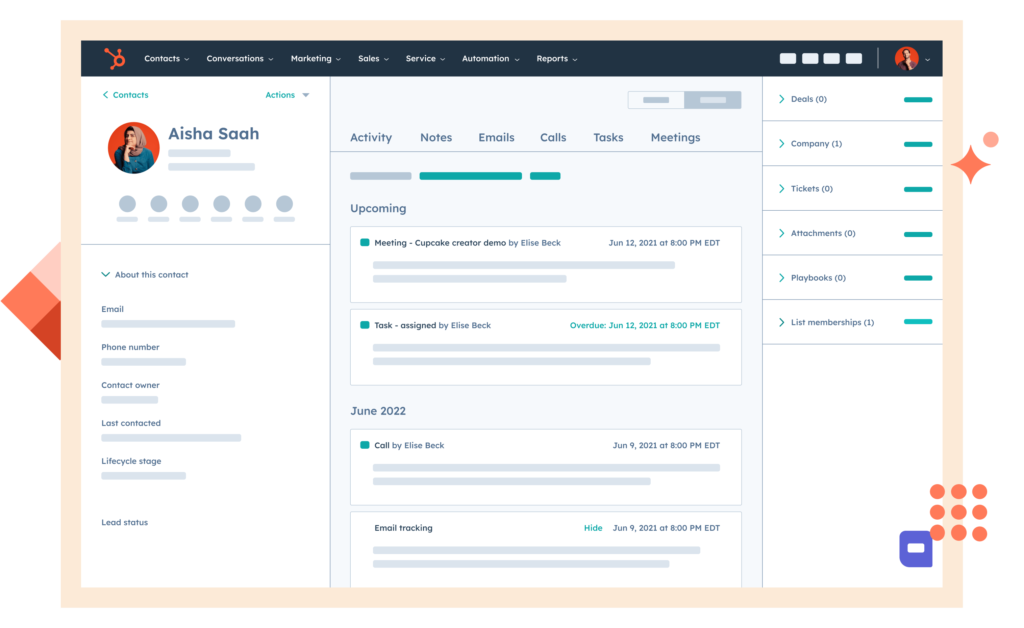
A simple CRM software provides significant advantages for agencies aiming to optimise their operations. At its core, CRM is a centralised hub for managing all client interactions and data in one place. This consolidates the entire client lifecycle accessible across the organisation.
How can a design agency start its CRM journey?
- Identify your business goals and areas for improvement. This will help you select the right CRM features.
- Research different CRM platforms that fit your budget and needs. Many vendors offer free trials to test out.
- Start with a small pilot group to roll out the CRM and gather feedback.
- Expand CRM usage across the agency and customise as needed.
- Ensure adequate training and change management for smooth adoption.
Benefits of CRM for Design Agencies
Customer relationship management (CRM) platforms provide immense strategic value to design agencies. But what specific powers does CRM confer to creative brands seeking to accelerate growth?
Data-Driven Creativity:
Armed with customer intelligence, design teams can craft resonant messaging and experiences. CRM informs content creation and campaign personalisation through complex data rather than assumptions.
Improved Collaboration:
With integrated tools for project management, asset sharing, and cross-functional communication, CRM breaks down silos between creative, sales and account management. The entire agency can collaborate seamlessly.
Brand Consistency:
Brand guidelines, messaging frameworks, and design assets can be housed in CRM for easy access across teams and campaigns. CRM maintains brand integrity as agencies scale.
Operational Efficiency:
CRM saves agencies thousands of hours by automating redundant tasks like lead routing and project status updates. Resources get redirected to high-value creative work.
Predictive Intelligence:
As artificial intelligence and machine learning advance, CRM analytics provide actionable insights on optimising spend, allocating resources, and capturing growth opportunities.
Client Retention:
Agencies can use data to identify at-risk accounts and intervene to retain valuable customers. CRM strengthens loyalty and lifetime value.
New Revenue Streams:
Happy clients provide opportunities for service expansion and upgrades. CRM identifies prospects processing payroll for premium offerings so agencies can upsell strategically.
These benefits encompass enhanced branding, improved efficiency, informed innovation, and accelerated financial growth. For agencies, CRM is truly a platform for power.
Streamlined Communication:
CRM enables clients across channels like phone, social media, and more. This provides a unified view of all conversations and activities for each client.
Enhanced Client Insights:
CRM aggregates client data into detailed profiles and histories. This provides valuable context to personalise and improve communications for stronger connections.
Deal Tracking:
CRM tracks deals from initial prospects to closed sales. Automated sales workflows and forecasts keep the pipeline visible and on track.
A CRM stores all client-related items in a safe place. This includes documents, contracts, brand materials, and messages. This enables smooth collaboration across account teams.
Project Management:
CRM tools assist agencies in managing the workflow for all their client projects.
Data Access Across Departments:
Using role-based permissions, various departments in the agency can access the client information. They can work together to deliver better services.
The right CRM system consolidates agency-client relationships in a single location. It makes them better and easier to manage. This boosts efficiency in how things get done. Also, it takes operations to a whole new level of productivity.
The Direct Impact of CRM on Branding Initiatives
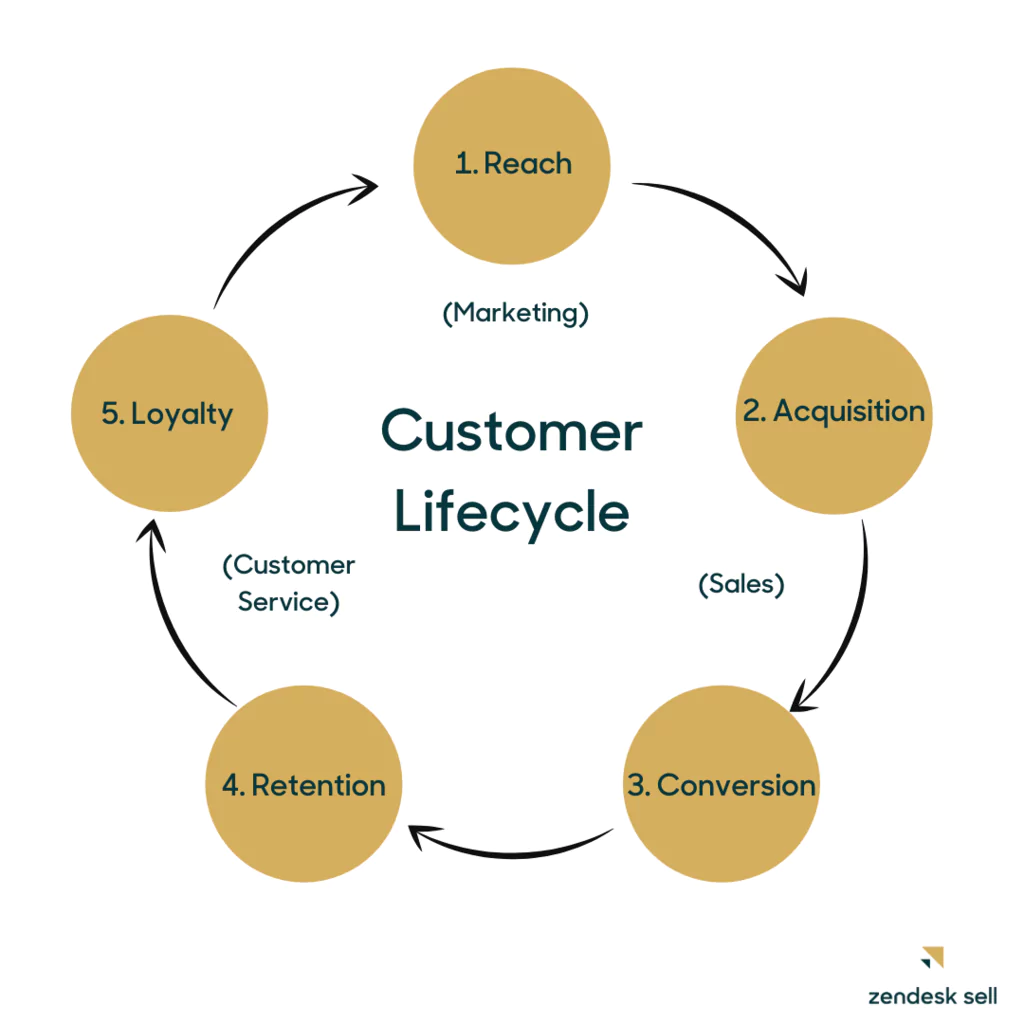
The correlation between CRM adoption and increased sales productivity has been firmly established. According to HubSpot, businesses using CRM software see sales productivity rise by 34%. This manifests in enhanced client understanding, improved personalisation, and brand consistency for design agencies.
Enhancing Client Understanding
Client data aggregated in a CRM platform allows design agencies to gain a 360-degree view of each account. Recording prospect interactions provides insight into pain points, goals, and motivations. Persona profiles can be developed to inform branding strategies tailored to different segments.
Tracking client lifetime value, retention, and growth reveals where to focus rebranding efforts for maximised impact. And documenting brand asset delivery and performance analytics guides optimisation. Without CRM data, branding decisions are guesses at best.
Personalisation at Scale
Armed with customer intelligence, design agencies can develop messaging that resonates at an individual level. CRM empowers agencies to personalise campaigns and assets to align with the distinct needs of each account.
Prospects engage more when brand communication feels like it was crafted specifically for them. CRM enables agencies to scale personalised branding across their book of business. This drives brand affinity, satisfaction, and growth.
Consistency in Branding
A cohesive brand identity builds authority and trust. Centralising branding assets and plans in CRM improves visibility across client teams. Brand managers can ensure assets share consistent messaging, visual identity, voice, and tone.
With role-based permissions, CRM Workflow functionality distributes brand assets to internal teams and external partners according to their needs. This facilitates on-brand collaboration at every touchpoint.
CRM as a Catalyst for Financial Growth
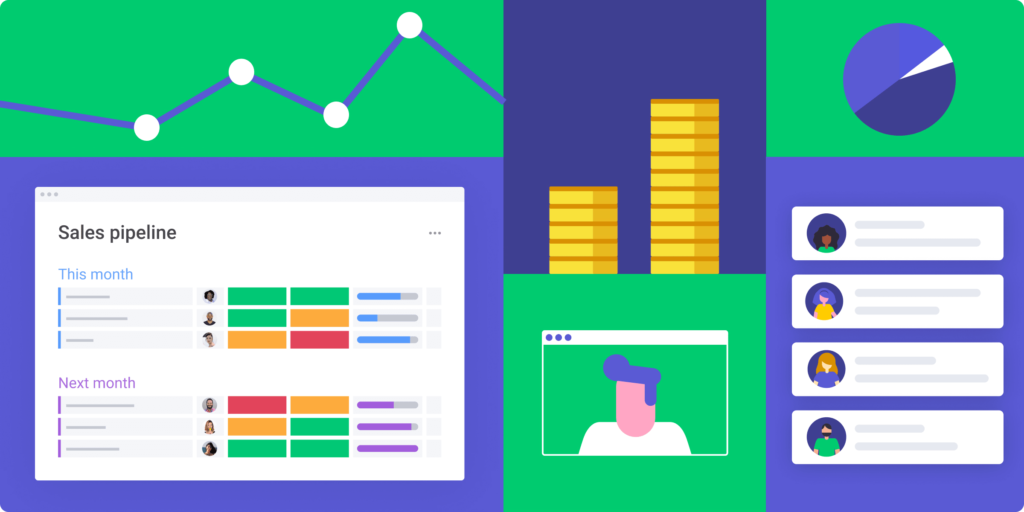
The financial benefits of CRM integration are just as compelling as the branding impact. According to Nucleus Research, CRM offers a return on investment of $8.71 for every dollar spent. For resource-constrained design agencies, CRM unlocks efficiencies and revenue opportunities.
Streamlining Operations
CRM condenses siloed client data, abstract creative workflows, and disconnected teams into one intuitive platform. This consolidation improves cross-departmental alignment on agency operations and client delivery.
Design agencies gain thousands of hours of productivity annually by eliminating redundant manual processes. CRM automation also ensures branding assets and information stay current across accounts. With CRM cutting overhead costs and time waste, resources can be redirected to value-adding creative work.
Predictive Analytics
Sophisticated CRM systems incorporate AI and predictive analytics tools to forecast sales opportunities. Design agencies can leverage these insights to identify which accounts have the highest growth potential.
CRM analytics also reveal which branding strategies and creative campaigns impact client lifetime value most. Agencies can double down on proven tactics and redirect ineffective efforts. Data-driven optimisation is how CRM accelerates branding ROI.
Client Retention and Upselling
By tracking client interactions, sentiment, and brand performance in CRM, design agencies gain visibility into satisfaction levels. They can identify at-risk accounts and intervene with targeted outreach and rebranding campaigns.
Happy clients provide opportunities for upselling additional services. CRM helps agencies uncover which prospects are most receptive to expanded offerings. A portfolio of satisfied, long-term clients is essential for financial growth. Once new contracts are signed, agencies can quickly and securely transfer payments to their bank account.
Real-World Case Studies: Design Agencies Thriving with CRM
The complex numbers and operational benefits tell a persuasive story, but what does CRM transformation look like in the real world? Here are a few design agencies that leveraged CRM to drive exponential growth.
Digital Brands Group: From Six to Seven Figures in Three Years
Digital Brands Group started as a freelance graphic design practice before scaling into a full-service agency. Lacking organised client data and sales infrastructure, growth plateaued. Integrating CRM established scalable systems to drive branding and acquisition.
Digital Brands Group grew from $150,000 to over $1 million in revenue in just three years. CRM now provides a steady pipeline of qualified branding leads while supporting consistency and retention across a growing client base.
Clark Harrison Design: Doubling Revenue in Under Two Years
As a small branding agency, Clark Harrison struggled to juggle a client roster growing faster than its internal capacity. Siloed creative teams and fragmented client data made delivering a cohesive brand identity nearly impossible.
Implementing CRM allowed Clark Harrison to align processes, streamline collaboration, and build consistency in client branding. In less than two years, Clark Harrison doubled their revenue. And they reduced overhead costs by over 30% through CRM automation.
MODCo: Boosting Client Retention to Over 95%
MODCo had built a reputation for award-winning branding work but struggled to retain clients beyond a single campaign cycle. Institutional knowledge lived in the minds of creative personnel who switched accounts frequently.
Through the implementation of CRM, MODCo achieved consistent client relationships for the first time. Centralised account data meant new team members could quickly get up to speed on brand history and equity. CRM now underpins MODCo’s client retention rate consistently, which is over 95%.
Implement CRM for Design Agencies: Best Practices
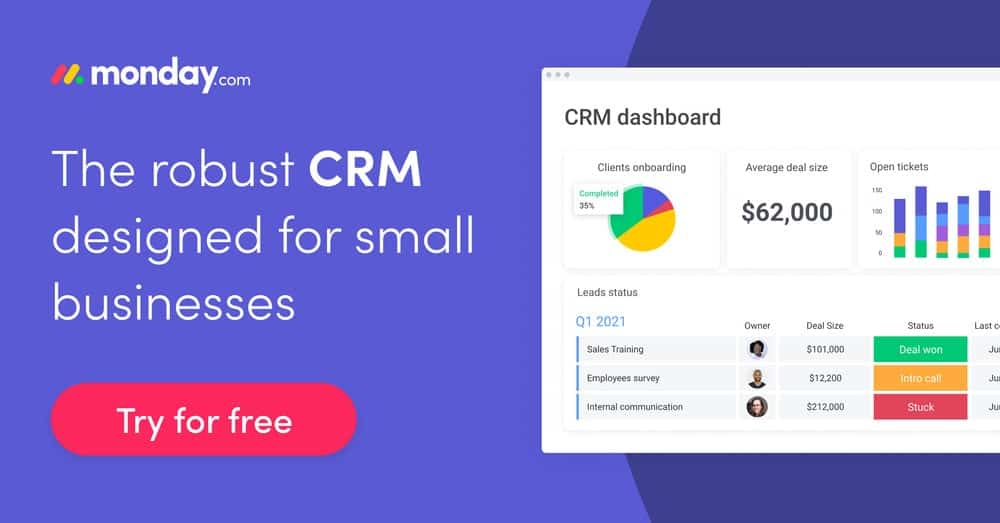
The success stories make CRM adoption seem like a no-brainer. However, achieving transformative results requires an informed implementation tailored to the design agency context. Here are best practices to ensure a positive ROI.
Choosing the Right CRM
An off-the-shelf SaaS CRM tool may only address the unique needs of a design agency with a custom configuration. Seek a platform built specifically for creative agencies, or be prepared to budget for extensive modifications.
Ideally, the CRM should integrate directly with your existing tools like email marketing and accounting software. Choose a user-friendly CRM with flexible permission settings for maximum adoption across teams.
Comparing CRM Solutions for Design Agencies
When evaluating which CRM platform is the right fit for your creative agency, consider how different solutions stack up across these critical factors:
| Feature | Off-the-Shelf CRM | Custom-Built CRM | Agency-Specialised CRM |
| Designed for creative workflows | ✕ | ✓ | ✓ |
| Creative-specific features | ✕ | ✓ | ✓ |
| Customisable modules and fields | ✓ | ✓ | ✓ |
| Affordable pricing tiers | ✓ | ✕ | ✓ |
| Agency-tailored training | ✕ | ✓ | ✓ |
| Integrates with design tools | ✕ | ✓ | ✓ |
| Optimised for brand management | ✕ | ✓ | ✓ |
| Built-in analytics and reporting | ✓ | ✓ | ✓ |
| Easy to use and administer | ✓ | ✕ | ✓ |
Off-the-shelf CRM: Out-of-the-box solutions like Salesforce or HubSpot. Robust systems but require heavy customisation for creative workflows.
Custom-built CRM: Fully customisable but expensive and resource-intensive to develop. Ongoing maintenance costs.
Agency-specialized CRM: Designed specifically for the needs of branding and design agencies. An ideal balance of tailored features, usability, and affordability.
Training and Onboarding
Even the most user-friendly platform will only succeed if sufficiently adopted by personnel. Allocate resources for role-based training during onboarding and through refreshers.
Ensure that CRM champions emerge within the sales, account management, and creative teams. Compensate cross-departmental collaboration and data hygiene in staff KPIs and incentives. Change management is crucial.
Measuring ROI
Define key performance indicators for branding and financial goals and track them in the CRM. Demonstrating concrete ROI can justify continued investment in CRM tools and processes.
Isolate the impact of specific CRM-driven initiatives by analysing KPIs before and after implementation. Share wins, learn from failures, and optimise. Your CRM serves as a growth laboratory.
The Future of CRM in Design and Branding
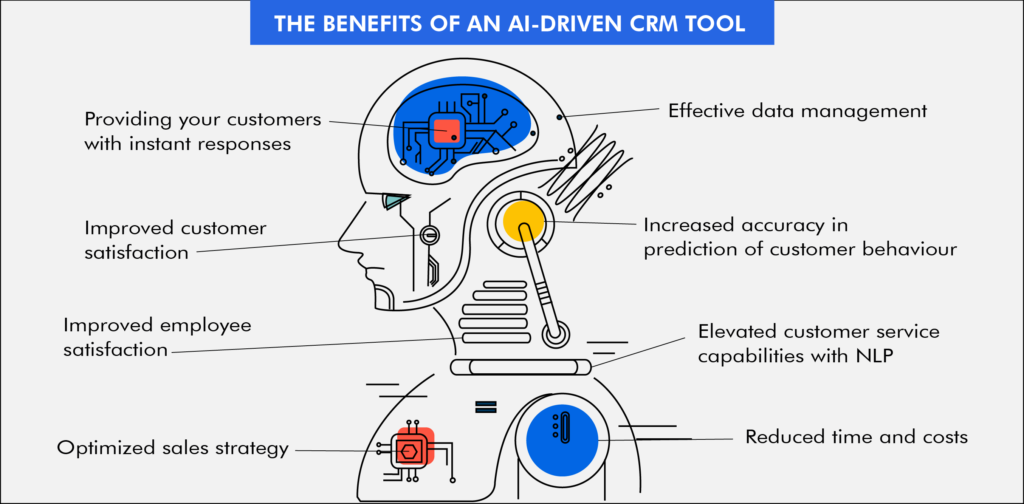
Considering that CRM adoption is currently distinguishing between successful and struggling design agencies, what does the future hold? The incorporation of cutting-edge technologies into CRM systems will only expand their benefits.
AI and Predictive Intelligence
As artificial intelligence and machine learning evolve, so too will the analytics capabilities of CRM platforms. Expect predictive lead scoring, individualised client recommendations, and AI-driven campaign personalisation.
Agencies that embrace predictive CRM early will have a competitive advantage. But they’ll also need to be vigilant about mitigating risks around data quality and algorithmic bias.
Expanded Integrations
CRM providers will continue expanding their digital ecosystems to incorporate emerging marketing and design tech. CRM-driven automation will extend into more facets of agency operations and client delivery channels.
Potential beneficiaries include collaboration platforms, digital asset management systems, and front-end design tools. New integrations will allow greater personalisation and alignment.
Specialised Tools for Design Agencies
Recognising that off-the-shelf CRM systems don’t address creative agencies' needs, some providers are rolling out tailored solutions. Expect tools purpose-built for design agencies to consolidate workflows further and optimise branding processes.
CRM innovation will also address pain points like measuring creative output, forecasting the needs of marketing clients, and quantifying brand equity. The future is bright for CRM in the agency world.
CRM and Branding: A Powerful Combination

For design agencies, CRM is much more than an operational engine. One of the most important benefits of CRM is that it helps with the main goals of branding. Also, it allows agencies to create bonds between clients and the brands they work with.
CRM helps build strong connections through brand experiences that fit each client's needs. This personal touch makes clients feel close to the brand and forms a deep emotional bond.
Moreover, CRM enhances customer services with histories and an understanding of each individual. This capability caters to specific needs rather than a one-size-fits-all approach. The result is trust, satisfaction, and loyalty towards the brand.
CRM Builds Brand Affinity
- By nurturing individual relationships between the brand and its customers
- Through personalised, relevant communications and experiences
- Leading to the lasting brand attachment on an emotional level
CRM Elevates Customer Service
- Providing individualised support based on customer history and needs
- Delivering seamless omnichannel experiences
- Fostering trust and respect to boost satisfaction and loyalty
Through these mechanisms, CRM strengthens the human connections that make a brand relatable. The result is an enduring brand image that stands out from the competition. The benefits extend beyond efficiency and branding impacts on financial growth.
Unlocking Financial Growth with CRM
They go beyond efficiency and also have an impact on the financial growth of agencies. A robust CRM solution can improve profitability in many ways.
At first, CRM drives productivity by automating manual processes and streamlining time-consuming administrative tasks. Agencies can redirect their resources toward high-value creative development and strategic efforts.
Then, CRM provides rich customer analytics to inform marketing and sales. Agencies can identify the most promising opportunities and strategies for conversions and growth. Additionally, CRM fuels sales through
- Increased lead conversions via tailored messaging
- Higher customer retention and upsells with personalisation
- Faster sales cycles by automating workflows
Finally, streamlined CRM processes lead to smoother business operations. This compounding efficiency improves profit margins over time. In summary, CRM empowers design agencies to:
- Boost productivity through automation
- Unlock data-driven decision-making
- Pinpoint valuable opportunities with precision.
- Grow new and existing customer revenues
- Streamline operations and reduce costs
The bottom line? Implemented CRM generates a considerable competitive advantage and revenue growth for design agencies.
Conclusion
Design agencies must consider every advantage regarding branding impact and financial performance in today's crowded marketplace. CRM has immense potential for transforming design agencies. CRM is a tool for building brands and a driver of economic growth. It can prepare design agencies to succeed in the future. Agencies that leverage CRM gain a competitive edge.
With the help of enhanced operations, improved customer loyalty, and data-driven decision-making. This empowers them to deliver services and succeed in today's business landscape. It's high time for design agencies to embrace CRM.
The data and real-world examples make it abundantly clear. CRM integration improves client insights, personalised and consistent branding, operational efficiencies, predictive growth opportunities, and increased lifetime value.
The time to act for design agencies yet to adopt CRM is now. With the proper implementation approach, the benefits will quickly outweigh the costs. In agency services, CRM fluency is becoming the minimum requirement for relevance.
Select a platform designed for creative agencies, customise it to fit your workflows, commit to organisation-wide adoption, and rigorously monitor performance data. With CRM, design agencies hold the keys to more tremendous branding success and financial prosperity. Embrace this opportunity.
FAQs
How can a design agency get started with CRM?
Identify your business goals and areas for improvement. This will help you select the right CRM features.
Research different CRM platforms that fit your budget and needs. Many offer free trials to test out.
Start with a small pilot group to roll out the CRM and gather feedback.
Expand CRM usage across the agency and customise as needed.
Ensure adequate training and change management for smooth adoption.
What are some best practices for CRM success?
Focus on data hygiene and organisation before migrating data into CRM.
Set up role-based permissions and access levels for security.
Build automated workflows aligned to sales and service processes.
Integrate CRM with other agency software like email marketing tools.
Track adoption metrics and gather user feedback.
How can we maximise user adoption of CRM?
Provide comprehensive training and resources for users at all levels.
Highlight how CRM benefits each employee's specific roles.
Incentivise usage through contests, leaderboards, and rewards.
Share agency CRM success stories and recognise top users.
Make CRM adoption a KPI for managers to drive accountability.
